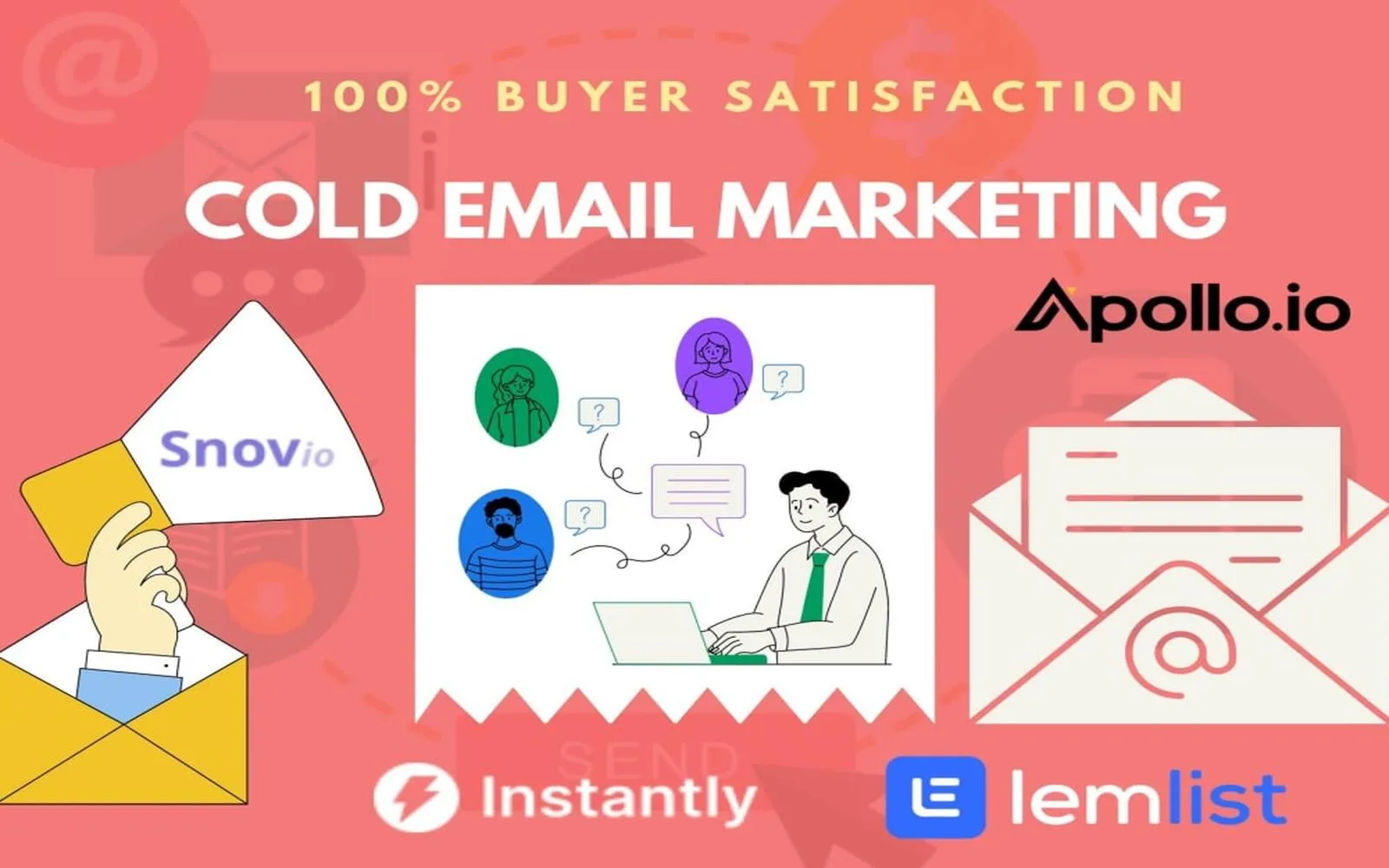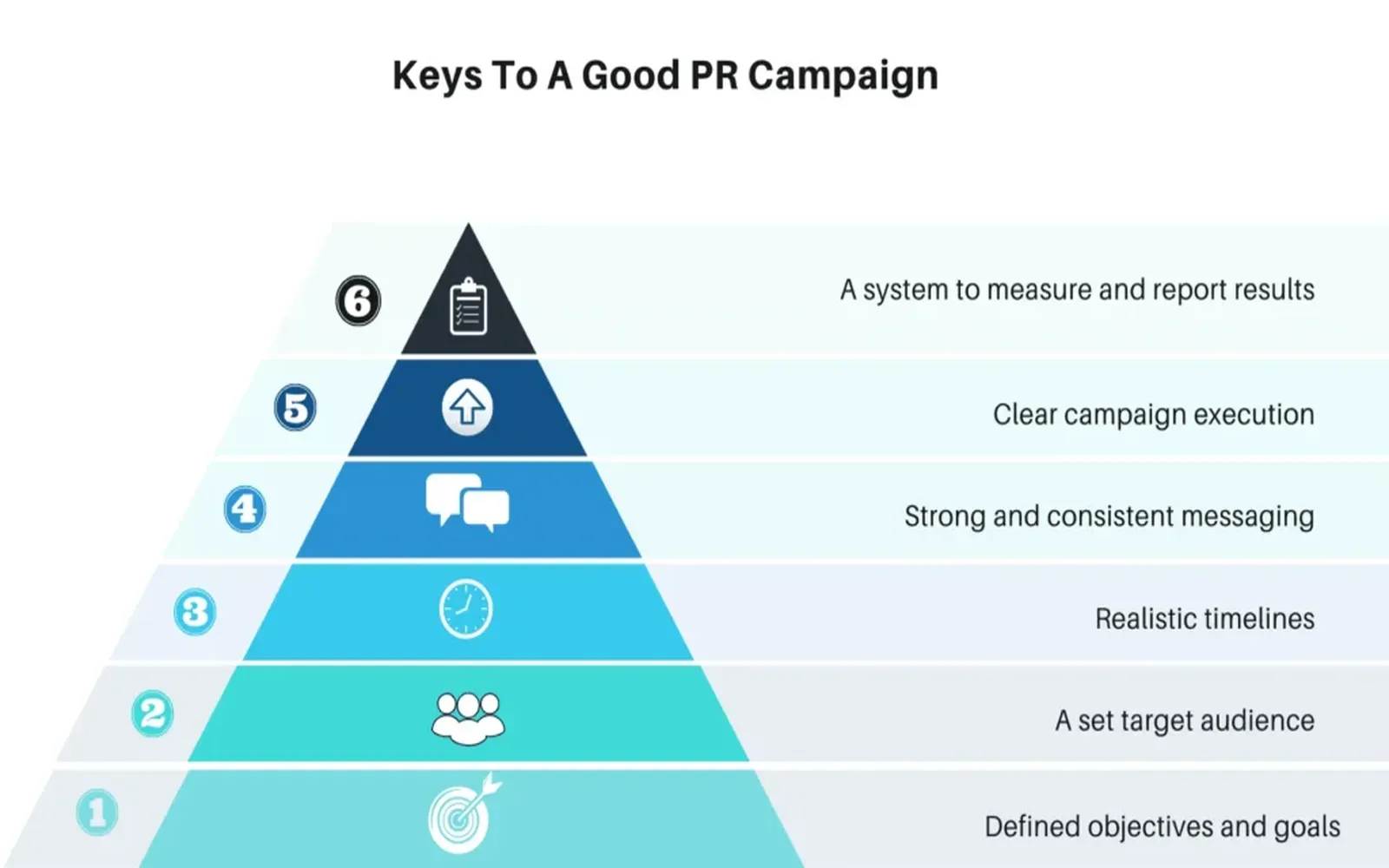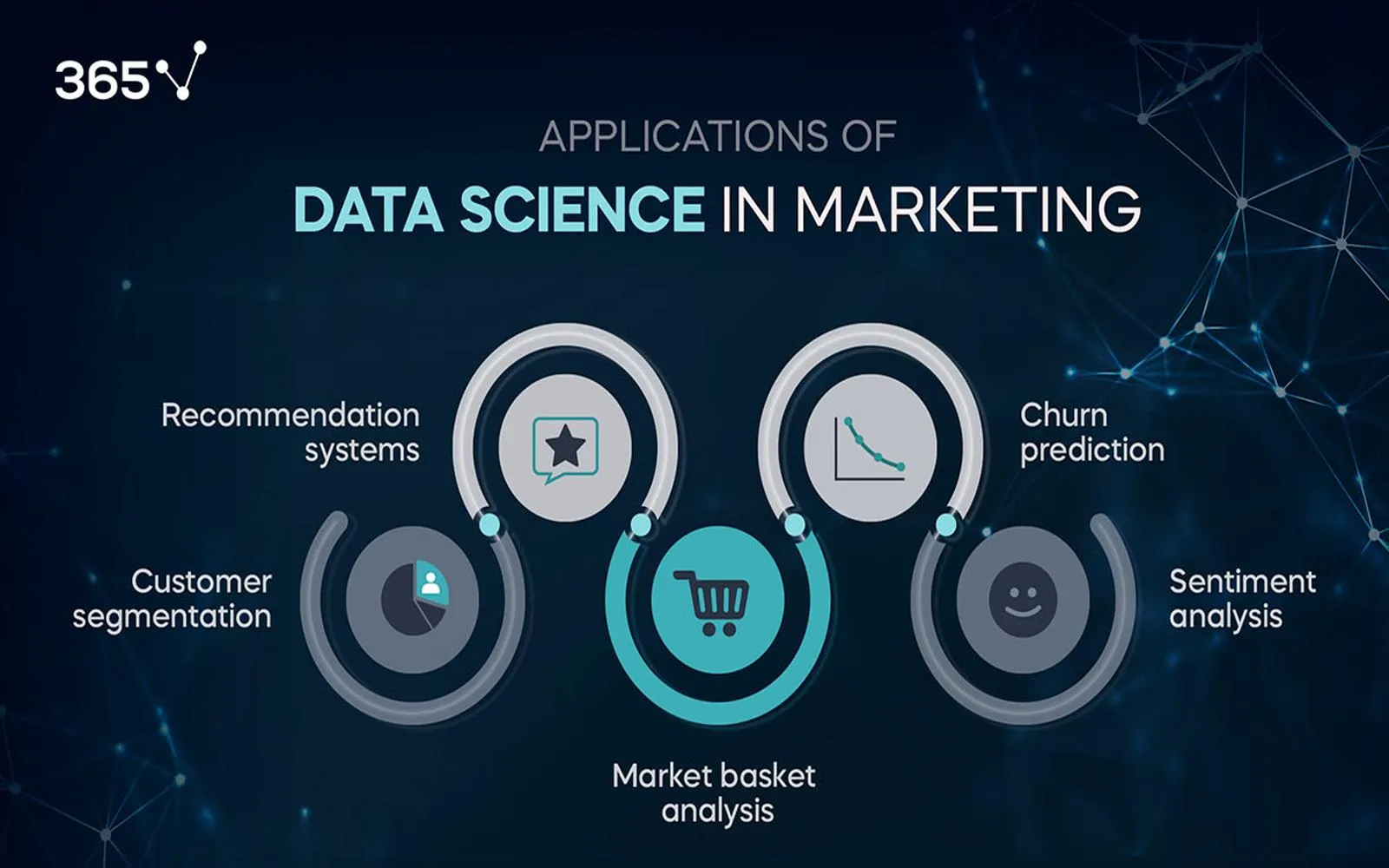
Business growth
Business growth refers to the process of improving a company's success and profitability through various strategies, including expanding market reach, increasing sales, enhancing operational efficiency, and innovating products or services. It involves strategic planning and execution to achieve long-term sustainability and competitiveness in the marketplace.

Why a brand book is your business's key to building a strong brand
A brand book serves as a vital blueprint for your business, defining your brand's identity, values, and voice. It ensures consistency across all channels, helping to create a cohesive image that resonates with your audience. By outlining guidelines for visual elements, messaging, and tone, a brand book empowers employees and partners to represent the brand accurately. This consistency builds trust and recognition, ultimately strengthening the brand's position in the market and fostering long-lasting connections with customers.

The human side of business: Using your personal story in brand marketing
Exploring the human side of business involves leveraging personal narratives to create authentic connections with consumers. By sharing individual stories, brands can evoke emotions, foster trust, and differentiate themselves in a crowded marketplace. Personal experiences resonate with audiences, making marketing efforts more relatable and impactful. This approach not only enhances brand loyalty but also encourages a deeper understanding of the values and mission behind the business, ultimately driving engagement and customer relationships.

How I supercharged my email marketing in one year
In just one year, I transformed my email marketing strategy by focusing on audience segmentation, personalized content, and data-driven insights. I implemented A/B testing to refine subject lines and messaging, leading to higher open and click-through rates. By automating campaigns and utilizing advanced analytics, I was able to tailor my approach to different customer segments, enhancing engagement. Additionally, I prioritized building a quality email list, which significantly boosted conversions and fostered stronger customer relationships.

How to choose the perfect business partner
Choosing the perfect business partner involves careful consideration of shared values, complementary skills, and mutual goals. It's essential to assess each other's work ethics and communication styles to ensure compatibility. Look for someone who brings diverse perspectives and strengths to the table, fostering innovation and growth. Establishing trust and transparency from the outset is crucial, as it lays the foundation for a strong partnership. Ultimately, the right partner should inspire and challenge you, contributing positively to the business's vision and success.

3 tips to navigate a successful PR campaign
Navigating a successful PR campaign requires a clear understanding of your target audience, compelling storytelling, and effective media engagement. Start by conducting thorough research to identify the demographics and interests of your audience, ensuring your message resonates with them. Craft a narrative that highlights your brand's unique value and aligns with current trends. Finally, build strong relationships with journalists and influencers, leveraging their platforms to amplify your message and enhance your campaign's reach. Consistency and adaptability are key throughout the process.

Follow through on your marketing with a unique onboarding process
A unique onboarding process is essential for maximizing the impact of your marketing efforts. It ensures that new customers feel welcomed and informed, enhancing their overall experience with your brand. By providing tailored guidance and resources, you can foster stronger relationships and encourage long-term loyalty. This personalized approach not only reinforces your marketing message but also sets the stage for ongoing engagement, leading to increased satisfaction and retention. Ultimately, a thoughtful onboarding process can differentiate your brand in a competitive landscape.

How to create customer success stories that will build your brand's trust
Creating compelling customer success stories involves showcasing real experiences that highlight the value of your product or service. Start by selecting customers who have benefited significantly from your offerings and gather detailed insights through interviews or surveys. Focus on specific challenges they faced, the solutions you provided, and the positive outcomes achieved. Craft engaging narratives that resonate with your audience, incorporating quotes and visuals to enhance authenticity. Sharing these stories across various platforms can effectively build trust and credibility for your brand.

Why we ditched our accounting software for a bookkeeper
After struggling with complex accounting software that often led to confusion and errors, we decided to hire a bookkeeper. The personalized support and expertise provided by a professional allowed us to streamline our financial processes and focus more on our core business activities. Our bookkeeper not only managed our accounts with precision but also offered valuable insights and advice. This change has resulted in improved accuracy and peace of mind, allowing us to make informed decisions for our company's growth.

Speaking to your customer: Keep your message brief and clear
Effective communication with customers is essential for building strong relationships. Keeping your message brief and clear ensures that your audience understands your key points without getting overwhelmed. By focusing on the most important information, you can engage your customers and make it easier for them to take action. Avoid jargon and complicated language, as simplicity fosters better comprehension. A concise approach not only respects your customers' time but also enhances their overall experience with your brand.

7 TikTok marketing tips from small businesses
Small businesses can effectively leverage TikTok to boost their marketing efforts by focusing on authenticity, creativity, and community engagement. Emphasizing storytelling and showcasing behind-the-scenes content helps build a genuine connection with the audience. Utilizing popular trends and challenges can increase visibility, while collaborating with influencers amplifies reach. Consistent posting and engaging with followers foster a loyal customer base. Lastly, analyzing performance metrics allows businesses to refine their strategies and adapt to what resonates most with their audience.

5 questions to ask before launching a new product or service
Before launching a new product or service, it's crucial to ask key questions that can guide your strategy. Consider the target audience and their specific needs to ensure your offering aligns with market demand. Evaluate the competition to identify gaps and opportunities. Assess your unique value proposition to understand what sets you apart. Determine the resources required for a successful launch, including marketing and distribution. Finally, establish metrics for measuring success to track performance post-launch effectively.

Google page experience update: How to optimize your eCommerce site
The Google Page Experience update emphasizes the importance of user experience in search rankings, particularly for eCommerce sites. To optimize your site, focus on improving loading speed, mobile-friendliness, and interactivity, while ensuring a secure connection. Implementing Core Web Vitals metrics can enhance performance and provide a smoother shopping experience. Additionally, streamline navigation and enhance visual elements to keep users engaged. Prioritizing these aspects will not only boost your search visibility but also increase customer satisfaction and conversion rates.

Be the face of your brand
Being the face of your brand means embodying its values, vision, and personality in a way that resonates with your audience. It involves showcasing your unique story and connecting authentically with customers, fostering trust and loyalty. By representing your brand visually and emotionally, you create a relatable image that differentiates you from competitors. This personal touch enhances engagement and encourages customers to feel invested in your journey, ultimately driving growth and establishing a strong brand presence in the market.

How small businesses can benefit from using scheduling software
Small businesses can greatly benefit from using scheduling software by enhancing efficiency and organization. These tools streamline appointment booking, reducing scheduling conflicts and no-shows. By automating reminders, staff can focus on core tasks, improving productivity. Additionally, scheduling software often provides valuable insights into customer behavior and peak times, allowing businesses to optimize their operations. Ultimately, this technology fosters better customer relationships and improves service delivery, contributing to overall growth and success in a competitive market.

How to write recruiting emails that aren't terrible
Crafting effective recruiting emails requires a personal touch and clear communication. Start by addressing the recipient by name and referencing their specific skills or experiences to create a connection. Keep the message concise and engaging, outlining the key benefits of the opportunity without overwhelming details. Use a friendly tone and include a compelling call to action, encouraging them to respond or learn more. Finally, ensure your email is free of jargon and focuses on how the role aligns with their career goals.

Increase sales by finding your target audience and niching down
To boost sales effectively, it's essential to identify your target audience and focus on a specific niche. Understanding the unique needs and preferences of your ideal customers allows you to tailor your products and marketing strategies, creating a more personalized experience. By narrowing your focus, you can stand out in a crowded market, build stronger connections with your audience, and foster loyalty. This targeted approach not only enhances customer satisfaction but also drives higher conversion rates and overall sales growth.

How to choose a website theme for your business
Choosing the right website theme for your business involves understanding your brand identity and target audience. Consider the overall aesthetic, functionality, and user experience to ensure it aligns with your goals. Look for themes that are responsive and optimized for mobile devices, as more users access websites on their phones. Additionally, evaluate customization options and support for essential features like e-commerce or blog integration. Prioritize speed and SEO-friendliness to enhance visibility and engagement, ultimately reflecting your business's professionalism and values.

Using data science assess the market when launching a new product
Using data science to assess the market for a new product involves analyzing various data sources to identify trends, customer preferences, and potential competitors. By leveraging techniques such as predictive analytics and machine learning, businesses can evaluate market demand, segment their target audience, and forecast sales. This data-driven approach helps in making informed decisions regarding product features, pricing strategies, and marketing campaigns, ultimately increasing the likelihood of a successful product launch and ensuring alignment with consumer needs.

The roles your customers play in your business—and how to help them succeed
Understanding the roles customers play in your business is essential for fostering success. They are not just buyers; they are partners, advocates, and sources of valuable feedback. By identifying their needs and challenges, you can tailor your offerings and support to enhance their experience. Providing resources, guidance, and a platform for engagement empowers customers to achieve their goals, ultimately driving loyalty and growth for your business. Strengthening this relationship creates a mutually beneficial ecosystem where both parties thrive.

4 ways to use your CRM outside of sales
A CRM system can enhance various aspects of a business beyond sales. It can streamline customer service by tracking inquiries and managing support tickets, ensuring timely responses and improved satisfaction. Marketing efforts benefit from CRM data through targeted campaigns and personalized messaging. Additionally, project management can be enhanced by monitoring tasks and collaboration among teams. Finally, leveraging CRM for analytics allows businesses to gain insights into customer behavior, helping to inform strategic decisions across the organization.